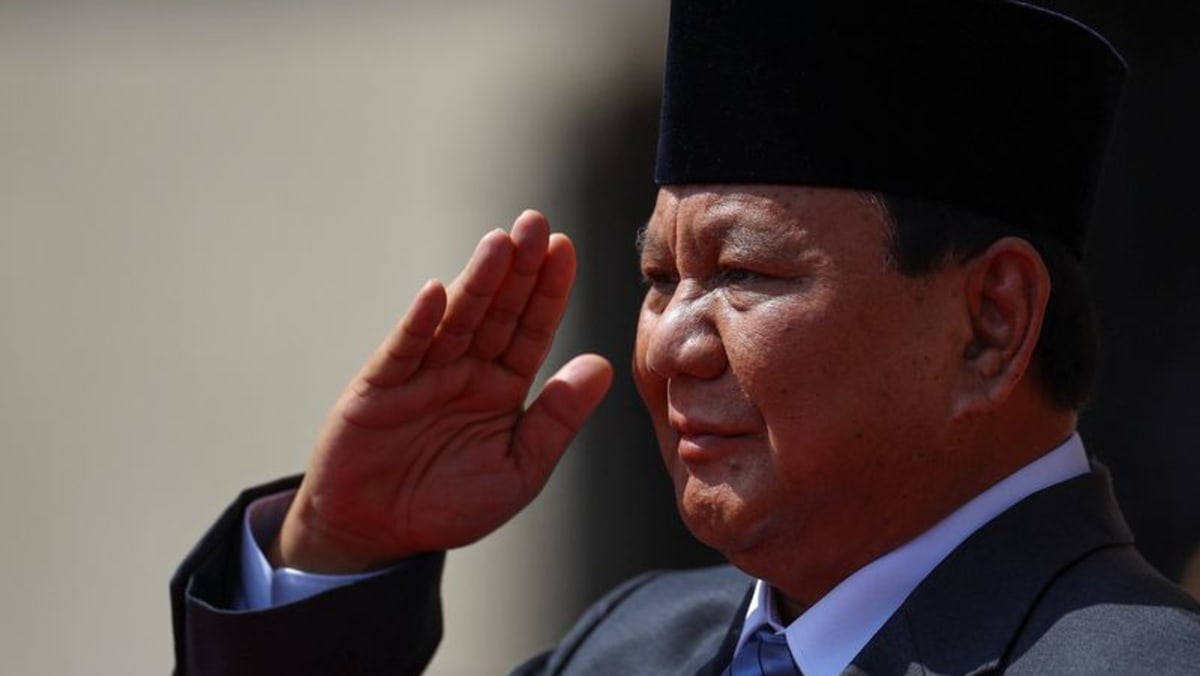GREATER COHERENCE
Indonesia’s defence ministry has also expanded its role in procurement and planning. The legislative framework allows flexibility in defining military requirements and selecting equipment.
New regulations, however, have squarely asserted the ministry’s primacy over the services in this process. Publicly available regulations show the ministry now directly manages procurement, from initial planning through to supplier negotiations.
Comparative examples correlate strong ministries with successful change in militaries, and the changes may signal greater coherence in Indonesian force planning.
Expanding the procurement pipeline will however remain fiscally challenging. As a share of gross domestic product (GDP), Indonesia’s defence spending has hovered under 1 per cent for several decades, leaving Jakarta well behind other large economies in the region.
This is partly a reflection of the reality that the Indonesian state collects relatively little revenue – as a ratio to GDP it is one of the lowest in the Asia-Pacific. As Indonesia’s finance minister wrote last year, the government has little fiscal room for manoeuvre.
The impact of the planned acquisitions must also be assessed against the low baseline capabilities of the navy and air force.
Some of the F-16s will be approaching four decades of service by the time the Rafale arrive in 2026. The modest fleet of major surface vessels still includes, on paper at least, Dutch vessels built in the 1960s.
It is likely that the combat inventory in critical equipment categories will shrink even as operational demands continue to expand.
